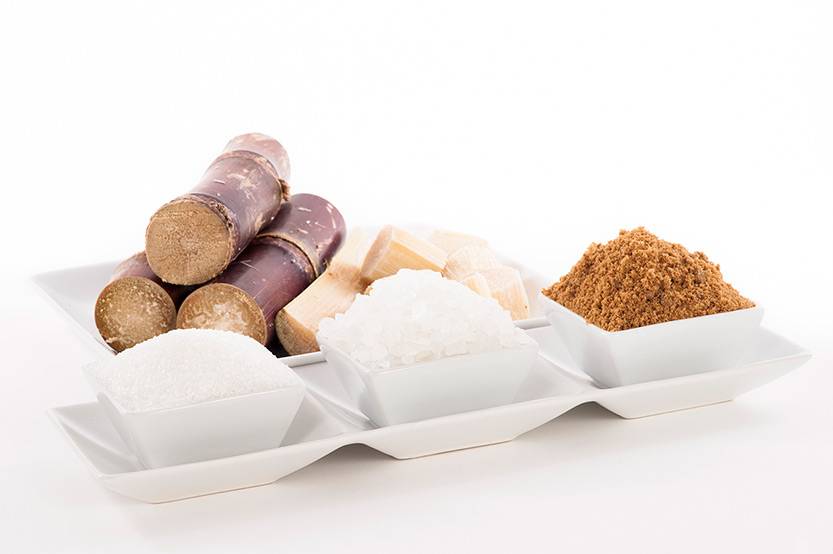Top Cane Sugar Processing Chemicals: Enhance Your Manufacturing
Top Cane Sugar Processing Chemicals: Enhance Your Manufacturing
Blog Article
Maximizar Rendimientos Y Minimizar Costos: Estrategias Avanzadas Para La Optimización Química Del Procesamiento De Azúcar De Caña
In the realm of cane sugar handling, the pursuit of making the most of yields while simultaneously decreasing prices stands as a formidable difficulty that needs a calculated blend of innovative chemical optimization methods. The details of this undertaking dig into the core of effectiveness, where every component of the process plays an essential role in attaining optimal outcomes. By checking out the ins and outs of chemical analysis, enzyme utilization, pH control, filtration, and distillation approaches, a landscape rich with possibilities for enhancement and advancement emerges. Among this elaborate internet of techniques exists the pledge of unlocking untapped potential and changing the extremely essence of sugar manufacturing. Cane Sugar Processing Chemicals.
Chemical Evaluation for Performance
Chemical analysis plays a crucial role in boosting the efficiency of sugar cane processing by providing important understandings right into the make-up and residential or commercial properties of the raw products. By conducting detailed chemical evaluations on sugar walking cane samples, cpus can determine the precise focus of sucrose, glucose, fructose, and various other components existing in the raw material. This info is vital for enhancing the numerous phases of the sugar cane processing chain, from milling to condensation.
Additionally, chemical analysis makes it possible for processors to recognize contaminations such as organic acids, healthy proteins, and minerals that can affect the top quality and return of the last sugar product. By quantifying these pollutants, processors can apply targeted approaches to remove or mitigate their impacts, eventually improving the general performance of the processing plant.
Furthermore, chemical analysis assists in the tracking of process criteria such as pH, temperature level, and thickness, allowing cpus to make real-time adjustments to make sure optimum conditions for sugar extraction and condensation. Generally, a detailed understanding of the chemical structure of sugar walking stick is essential for taking full advantage of returns, reducing prices, and preserving high item quality in the sugar production market.

Enzyme Application for Enhanced Returns
With a tactical technique to enzyme usage, sugar cane cpus can dramatically boost their returns while maintaining operational efficiency in the production procedure. Enzymes play a critical role in sugar walking stick processing by breaking down complicated carbs right into easier sugars, thus increasing the total sugar removal efficiency. By including particular enzymes customized to target the various elements of sugar walking cane, such as cellulose and hemicellulose, cpus can boost the launch of sugars during removal.
Enzyme utilization provides the benefit of optimizing sugar returns from the raw material while decreasing the power and sources required for handling. This results in a more sustainable and cost-effective manufacturing procedure. Furthermore, enzymes can assist in lowering processing time and enhancing the general high quality of the sugar product. Via mindful choice and application Going Here of enzymes, sugar cane processors can optimize their operations to accomplish greater yields and success.
Ph Control for Ideal Processing
Enzyme use for raised yields in sugar walking cane processing lays the structure for attending to the essential element of pH control for optimal handling effectiveness. Keeping the ideal pH degree throughout numerous phases of sugar walking cane processing is crucial for taking full advantage of returns and decreasing costs. By carefully keeping an eye on and readjusting the pH degrees at different handling actions, sugar cane cpus can boost sugar recovery prices, reduce chemical usage, and enhance the overall manufacturing procedure.
Advanced Purification Strategies
Executing innovative filtering strategies in sugar walking cane processing boosts the efficiency and pureness of the end product with improved splitting up approaches. By incorporating sophisticated filtration technologies, such as membrane layer filtering and triggered carbon purification, sugar cane processing plants can attain higher levels of sugar recuperation and improved quality assurance.

Triggered carbon filtration is one more advanced technique that assists in the elimination of colorants, off-flavors, and residual impurities from sugar walking cane items. By using triggered carbon's adsorption buildings, this filtering method improves the clearness and taste of the sugar, fulfilling the high requirements required by customers and sector regulations.
Energy-Efficient Purification Methods
Energy-efficient purification techniques are important for enhancing the sugar cane handling sector's power intake while preserving high-grade product criteria. Conventional purification processes can be energy-intensive, resulting in higher production prices and environmental effects (Cane Sugar Processing Chemicals). Carrying out energy-efficient purification methods, such as vacuum distillation or molecular distillation, can dramatically lower power requirements while boosting total procedure effectiveness
Vacuum distillation includes decreasing the pressure within the purification system, which reduces the boiling point of the fluid combination being processed. This decrease in boiling factor reduces the power needed for evaporation, resulting in power savings compared to traditional distillation techniques.
On the various other hand, molecular purification uses brief course purification techniques under high vacuum cleaner conditions to separate compounds based upon their molecular weight. This approach is particularly efficient for heat-sensitive materials, as read this post here it runs at lower special info temperatures, lowering power usage and maintaining product quality.
Final Thought

Report this page